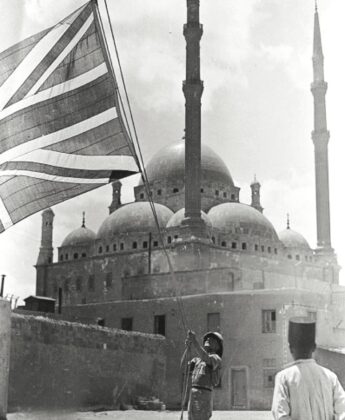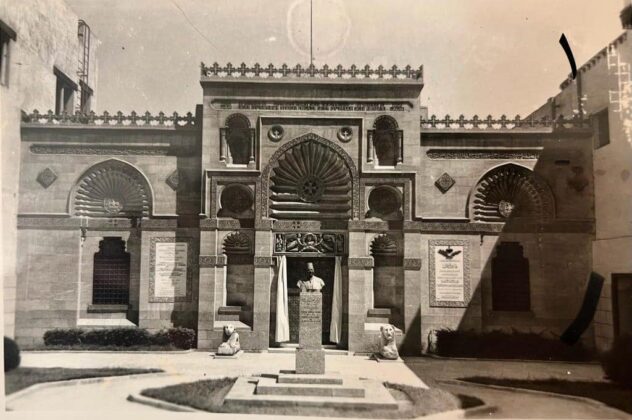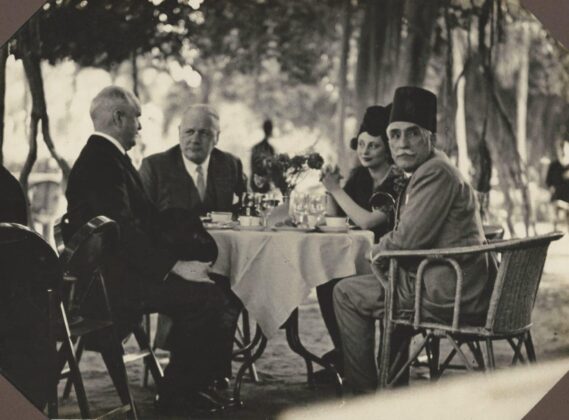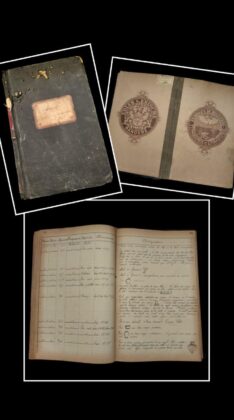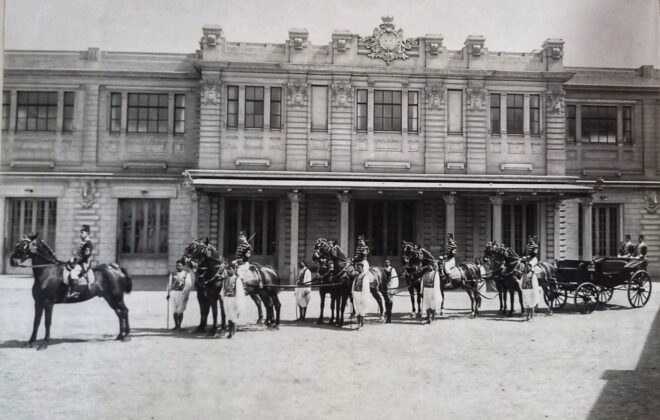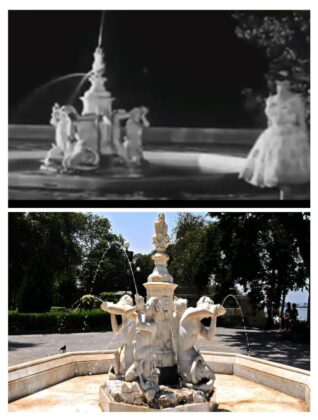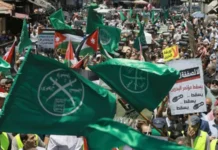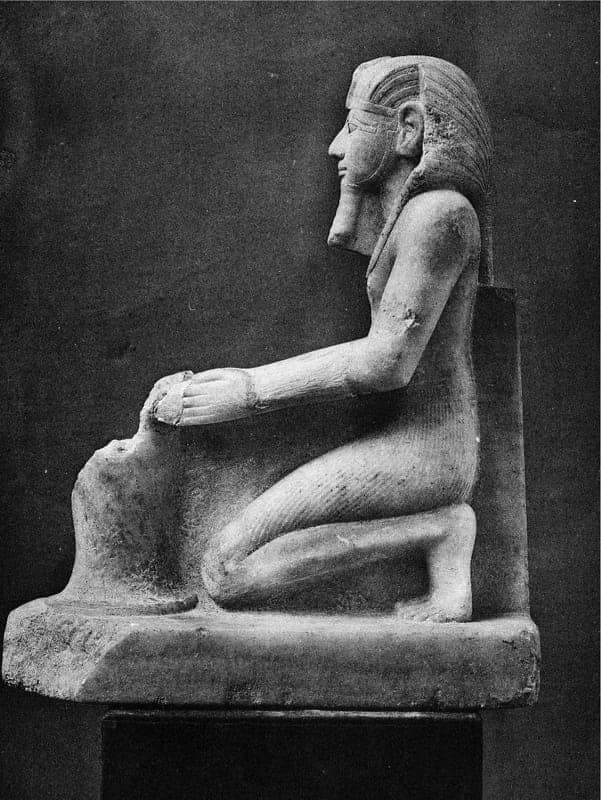
Egypt: The Ministry of Tourism and Antiquities has shared the list of the national museums and selected artefacts to be displayed for July 2023. The showcasing is a part of the monthly tradition of Egyptian museums across the country; museums chose the pieces of July through a public vote on their Facebook social media pages.
Professor Mo’men Othman, head of the Supreme Council for Archaeology museum sector, explained that this tradition comes within the framework of museums’ role as cultural and educational institutions that raise tourism and archaeological awareness among all levels of society.
In addition, many audiences have signed on to a collection of old photographs from the museum archives, representing museums in previous periods, in conjunction with World Archive Day, which falls on 9 June each year.
At the same time, it highlights a distinctive collection of archival images found in Egyptian museums. It highlights their role in Inspiration and action in preserving and protecting the nation’s memory and our civilization.
It was also said that the public in museums of both Islamic, Coptic and Alexandria national art chose archival images of the facades of these ancient museums. The list issued by the Ministry of Tourism and Antiquities is given below:
Sharm El Sheikh Museum:
A statue of King Tehtms III, one of the most famous kings of the 18th dynasty, is seated on his knees, offering the sacrifice of fragrant anointing. Discover this calcite stone statue among the Amon Temple’s hidden statues in Karnak, Luxor province.
Museum of Royal Jewellery:
Shows an archival photo of Princess Fatima Haider and her sons.
Corner Farouk Museum in Helwan:
An archival photo shows the water fountain that overlooks the museum garden that has appeared in many ancient Egyptian films and is the most famous scene of Dance of Life from the movie River of Love.
National Police Museum in the Castle:
An archival photo shows the moment the English flag was removed from the yard of the National Police Museum in the castle in 1946, based on the evacuation treaty signed between the Egyptian and British governments in 1936.
Al-Menil Palace Museum:
It shows a photo of Prince Muhammad Ali and a group of friends sitting in the palace garden with the rarest trees and plants.
Museum of Royal Vehicles in Cairo:
It shows the lap of the Kaliche chariot, used to serve princes and ministers and greet foreign kings, dragged by eight grandfathers and a guide. The cart dates back to the reign of King Fouad I. As shown in the picture, the front of the Royal Function Hall.
The Jire Anderson Museum:
Displaying a box of wood puts food down and moves it to higher levels.
Cairo International Airport Museum 2:
An archival photo of the Cairo International Airport Museum’s trustees, Passenger Building 2, celebrating the two-year anniversary of the opening in front of the plaques representing art sustainability and communication between visitors and the artefact.
Cairo International Airport Museum 3:
It shows a picture from the museum archive of the speech of Mr Doctor, General Secretary of the Supreme Council for Archaeology, in the museum’s visit record.
The Suez National Museum:
It shows an archival photo of the site of the Al-Qalzm excavations in Suez from 1930 to 1933, one of the most important sites from which the Suez Museum groups came.
Museum of Ismailia Archaeology:
The register of French archaeologist Jean-Cleda shows the records of the Ismailia Museum of Archaeology.
Tanta Museum of Monuments:
Shows a photo from an archive of a speech addressed on 11/12/1983 regarding transferring the Tanta Museum’s artefacts from the Solkhana area of Tanta to the new Tanta Museum in the park.
National Museum of Alexandria:
It shows a painting of the front of the museum, which used to be the palace of Mr Asad Pasha Basili.
Museum of Matrouh Archets :
It shows an archival photo of the visit of Mr Governor Matrouh, the former Governor of Matrouh, Major General / Alaa Abu Zaid, and a delegation of sheikhs, the mayor of the governorate and the museum sector work team.
Tel Bast Museum:
It showed a picture of the Eastern Archeology Museum in the past when it was in the village of Haryana Razna, which was built in 1973.
Museum of Harshada:
Displaying a collection of writing supplies, including inks, pens, and pens from the Old State found in the Saqara Monuments area.
Kafr El Sheikh Museum:
A sandstone painting depicts the victory of Horus over Six at the end of ancient Egyptian legend. It was engraved on it with the iconic idol Horus with a hawk-head wearing the double crown and standing above the idol six in the shape of a snake and stabbing him with war.
Malawi Museum:
A statue made of alabaster and bronze of the Eps is shown by a priest holding a table of two crows and an evaporator and wearing a royal robe. Between the bird and the priest, the gods Neftis and Hahor, and to the right and the left of the priest are two statues of two monkeys above the moon disc, and on both sides of the base are hieroglyphic writings. This statue dates back to the Greek-Roman era.
Sohag National Museum:
A small limestone painting shows a rectangular hieroglyphic text written in black pencil. And this painting dates to the Middle State era.
Museum of Luxor:
An archival photo shows the ways of documenting ancient artefacts in the museum.
New Valley Archaeology Museum:
Australia from the Coptic period is a personal letter written by someone to someone else who greets him and asks him to go north to get a butler for his ailing wife, and he will be paid the wages he desires.
